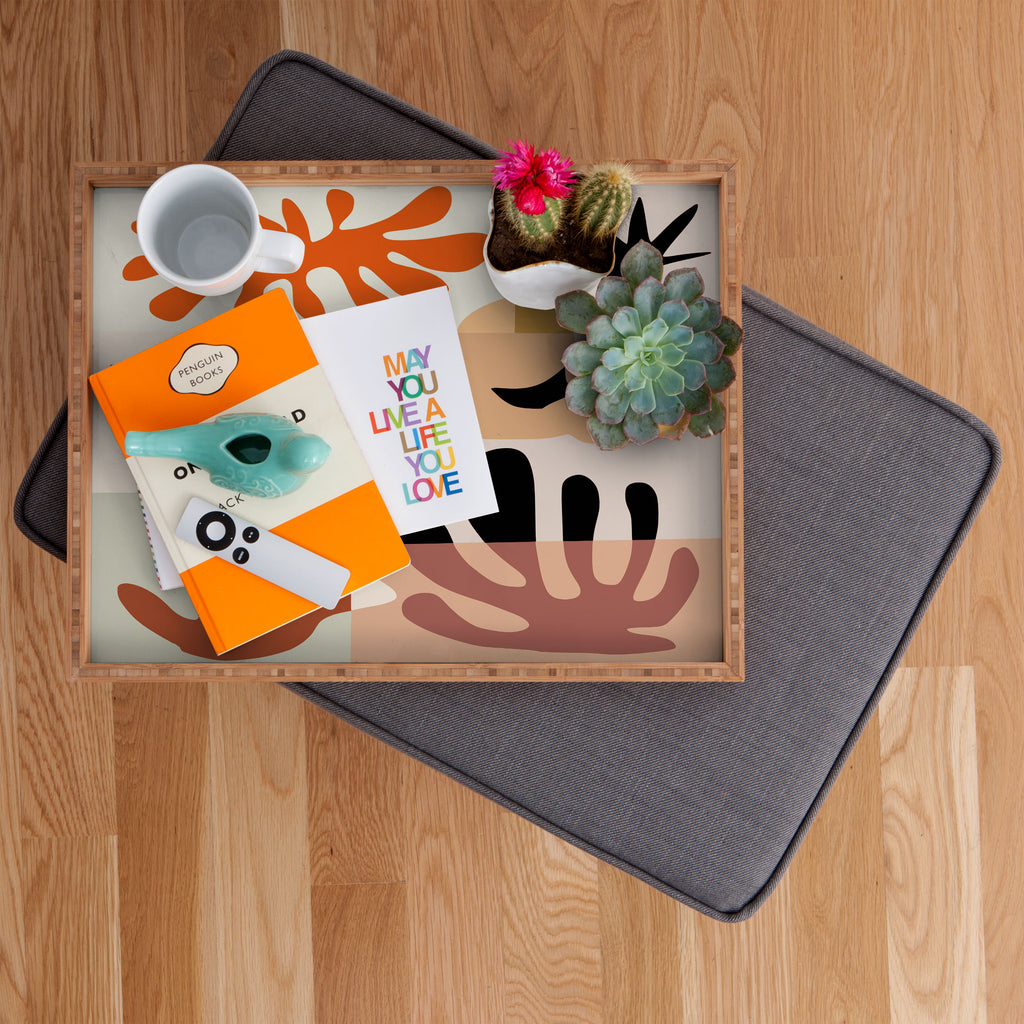

Express the area of each part as a unit fraction of the whole. Recognize rhombuses, rectangles, and squares as examples of quadrilaterals, and draw examples of quadrilaterals that do not belong to any of these subcategories.Ĭ.3.G.A.2 Partition shapes into parts with equal areas. Recognize that equal shares of identical wholes need not have the same shape.Ĭ.3.G.A.1 Understand that shapes in different categories (e.g., rhombuses, rectangles, and others) may share attributes (e.g., having four sides), and that the shared attributes can define a larger category (e.g., quadrilaterals). Identify triangles, quadrilaterals, pentagons, hexagons, and cubes.Ĭ.2.G.A.2 Partition a rectangle into rows and columns of same-size squares and count to find the total number of them.Ĭ.2.G.A.3 Partition circles and rectangles into two, three, or four equal shares, describe the shares using the words halves, thirds, half of, a third of, etc., and describe the whole as two halves, three thirds, four fourths. Measure the length of an object by selecting and using appropriate tools such as rulers, yardsticks, meter sticks, and measuring tapes.Ĭ.2.G.A.1 Recognize and draw shapes having specified attributes, such as a given number of angles or a given number of equal faces. Use various Elements of Art and Principles of Design in order to create a pleasing composition.Create an abstract or non-objective collage including negative and positive shapes, using a combination of geometric and amorphous (organic) shapes.Identify the use of both amorphous (organic) and geometric shapes in their artwork.Look at and discuss works of art including Matisse’s collages and paintings by Stuart Davis.Learn It By Art™ Math Art Integration Kits.Learn It By Art™ STEAM Makerspace Products.Focusing on rhythm, or the repetition of shape and color throughout the composition.Glazing different layers of the collage with colored glazes.Preparing paper – staining, crinkling, smudging, painting (with acrylics, watercolors, tempera), or drawing on top of the paper before cutting/tearing it.If you want cleaner looking edges, cut the paper with scissors. Layering torn paper on top of paper cut with scissors can make torn edges look all the more noticeable. Torn paper from magazines will often have white, feathered and uneven edges. You can construct interesting textures with the way you cut and tear paper. You can even cut out solid colors or textures and make your own pattern by creating some sort of visual repetition. When making an abstract collage, you can find a variety of patterns to cut and rearrange on the page. Magazines are a great source of color, texture, and patterns.

By using basic shapes, you can focus more on line, color, and form. Think about using only square, rectangular, triangular, or circular shapes. Using simple shapes can help make a work of art look more abstract. This creates a distorted or abstract effect. You can cut these images into fragments and rearrange them before gluing the pieces down. When working with magazines and photographs, you’ll find lots of interesting and colorful images. The following are techniques that Coyle has used in her artwork (click on the square thumbnails to view a larger image of each technique): You can also create textures by treating the paper or by incorporating mixed media in your collages. Depending on what type of glue you use as you work, you can create different textures when peeling or attempting to peel off previous layers.īy working with paper, you can achieve a variety of effects by using different cutting and pasting techniques.

You can easily layer pieces of paper on top of one another, as well as peel off previous layers to let what’s underneath shine through. Collage is an incredibly flexible medium.


 0 kommentar(er)
0 kommentar(er)
